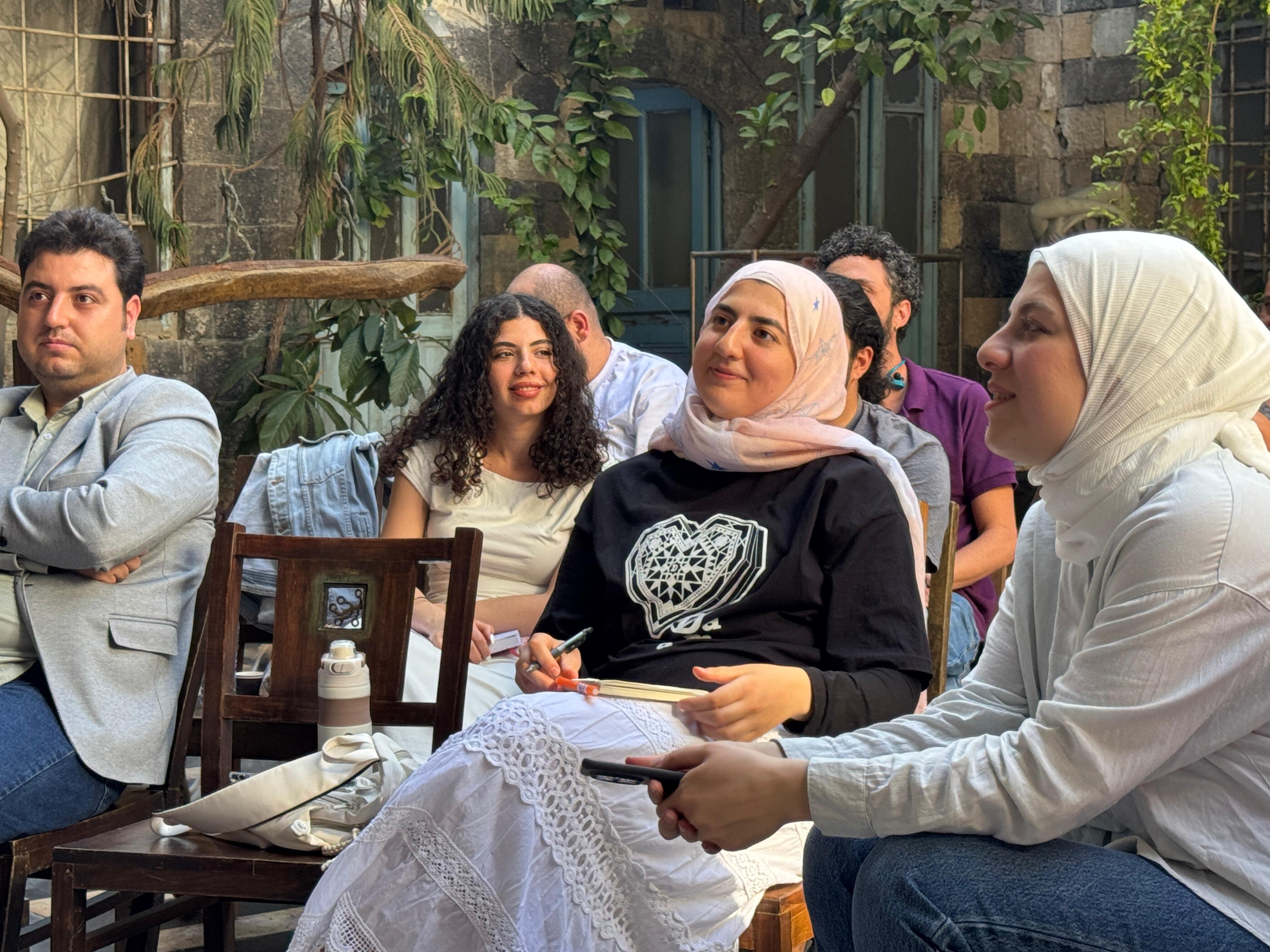Post

ICE has not allowed Guevara’s family to post bond and has not been given a clear explanation as to why.
CPJ’s researchers document attacks on journalists throughout the year, providing a rigorous and trusted source of information on the state of press freedom worldwide. Explore our data.

CPJ’s researchers rigorously document attacks on the press, helping journalists enduring those attacks to remain in the public eye.

CPJ supports journalists through timely safety information and emergency assistance, covering an array of physical, digital, and legal issues.

CPJ denounces press freedom violations and engages with governments, multilateral institutions and other coalitions to defend journalists under attack.
